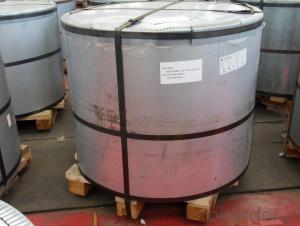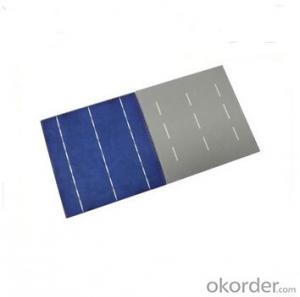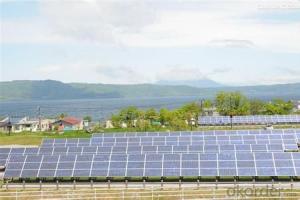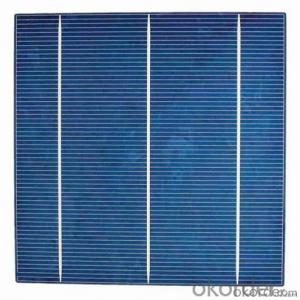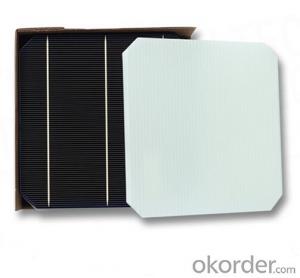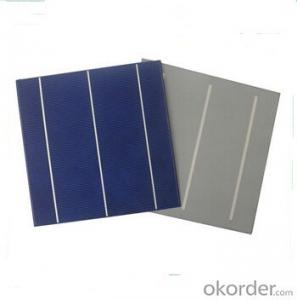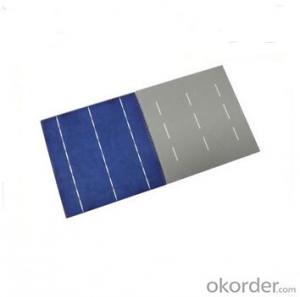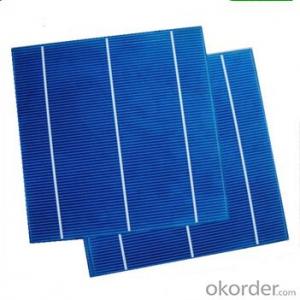Screen Printed Solar Cells
Screen Printed Solar Cells Related Searches
Ac Inverter For Solar Panels Solar Panel With Ac Inverter Gas Furnace With Ac Panda Hot Water Bottle Cover Minion Hot Water Bottle Cover Abb Solar Water Pump Inverter Solar Water Pump Philippines Extra Long Hot Water Bottle Solar Panel Dc To Ac Inverter Old Fashioned Hot Water BottleHot Searches
Cheap Solar Cells For Sale Flexible Solar Cells For Sale Q Cells Solar Panels For Sale Printed Solar Cells For Sale Bulk Solar Cells For Sale 6x6 Solar Cells For Sale Broken Solar Cells For Sale Cpv Solar Cells For Sale Photoelectric Cells For Sale Price Of Silicon Solar Cells Price Of Solar Cells Over Time Buy Solar Cells From China Cheap Solar Cells China Best Type Of Solar Cells Flexible Solar Cells Price Q Cells Solar Panels Price 3 Types Of Solar Cells Production Of Solar Cells Common Types Of Solar Cells Q Cells Solar Panel PricesScreen Printed Solar Cells Supplier & Manufacturer from China
Okorder.com is a professional Screen Printed Solar Cells supplier & manufacturer, offers integrated one-stop services including real-time quoting and online cargo tracking. We are funded by CNBM Group, a Fortune 500 enterprise and the largest Screen Printed Solar Cells firm in China.Hot Products
FAQ
- Monocrystalline silicon and polycrystalline silicon cell in the appearance of what is the difference?
- There is a part of the area filled with dissatisfaction, and polysilicon solar cells are square, there is no such problem, so the efficiency of the solar cell components is almost the same. In addition, due to the two solar cell materials manufacturing process is not the same, polysilicon solar cell manufacturing process consumption of energy than monocrystalline silicon solar cells about 30%, so polysilicon solar cells
- Solar cells have a significant impact on reducing energy inequality by providing access to clean and affordable energy for communities that lack reliable electricity sources. Solar power eliminates the dependence on fossil fuels, which are often expensive and inaccessible for marginalized populations. By harnessing the sun's energy, solar cells offer a sustainable and renewable solution, empowering underserved regions and bridging the energy gap between developed and developing countries.
- Solar cells have a positive impact on the local economy as they create jobs, stimulate investment, and reduce energy costs. The installation, maintenance, and manufacturing of solar cells require skilled labor, thus creating employment opportunities within the community. Additionally, the growth of the solar industry attracts investments in infrastructure and research, fostering economic development. Moreover, solar energy helps lower electricity bills for businesses and households, freeing up funds that can be spent on other local goods and services, thereby boosting economic activity.
- Solar cells can significantly increase the value of a property. They not only provide a reliable and sustainable source of energy, but also reduce electricity bills, making the property more attractive to potential buyers. Additionally, solar panels are seen as a valuable asset that can generate income through net metering or feed-in tariffs, further increasing the property's value.
- Yes, solar cells can be used for powering communication systems. Solar cells convert sunlight into electricity, which can be used to power various devices, including communication systems. This makes them a sustainable and environmentally-friendly option for powering such systems in remote or off-grid locations.
- One of the main advantages of using solar cells is that they harness renewable energy from the sun, which is an abundant and sustainable resource. Solar cells are environmentally friendly as they produce clean energy, emitting no greenhouse gases or pollutants. They also provide energy independence, reducing reliance on fossil fuels and decreasing energy costs over time. Solar cells require minimal maintenance and have a long lifespan, making them a cost-effective option in the long run. Additionally, they can be installed in remote areas where it may be challenging to access traditional electricity grids, providing electricity to communities that otherwise would not have access.
- The typical lifespan of a solar cell is around 25 to 30 years, although some high-quality panels can last even longer with proper maintenance and care.
- What is the right way to operate a solar cell?
- The tutorial initializes an arbitrarily set "medium" photon intensity level, with photons randomly impacting the surface of the solar cell to generate free electrons.

















